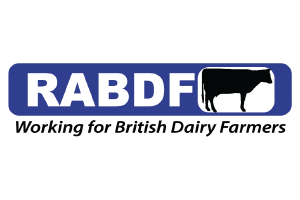Dairy farmers worldwide can now benefit from increased productivity thanks to a UK innovation. British company Clear World Water Technology has developed a natural, non-chemical water technology which is being successfully piloted on a number of dairy farms in partnership with Cheshire based feed supplier Independent Feeds Limited. The natural, non-chemical product is the result of four years of research and development and is delivering a number of benefits to the farms included in the programme. Milk yields have increased on each participant farm in the range of 0.7 litres per head per day, to 1.8 litres per head per day. The developers say that in their proof of concept work they also received feedback that water systems were naturally cleaner thereby reducing chemical usage and costs, there were also improvements in fertility rates and calf live weight gain.
Whilst the product is versatile and delivers environmental, sustainability and commercial benefits to broiler farmers, egg producers, food produce growers and fish farmers, the dairy version is formulated specifically for dairy herd.
The product, a food grade stainless steel phial containing natural Feldspar minerals is maintenance free, and is simply suspended into water storage tanks. The farm pay a small monthly fee related to herd size. Co-founder of the company Steve Hayden commented “There is no capital cost or risk to the farmer, and indications are that they will benefit to the tune of 8-10 times the monthly outlay, and we will further protect them by including the opportunity to cancel their subscription if the product doesn’t deliver the proven benefits”. Nutritionist and Independent Feeds managing director Andrew Henderson added, “We are delighted at the results being delivered by this simple technology on our farms, and we look forward to a mutually successful relationship with the developers”.
Aquapulse ® - (All rights reserved and asserted under CDPA 1988), is the intellectual property of Clear World Water Technology Limited, 2 Fauna Close, Stanmore, Middlesex HA7 4PX United Kingdom www.clearworldwater.co.uk






